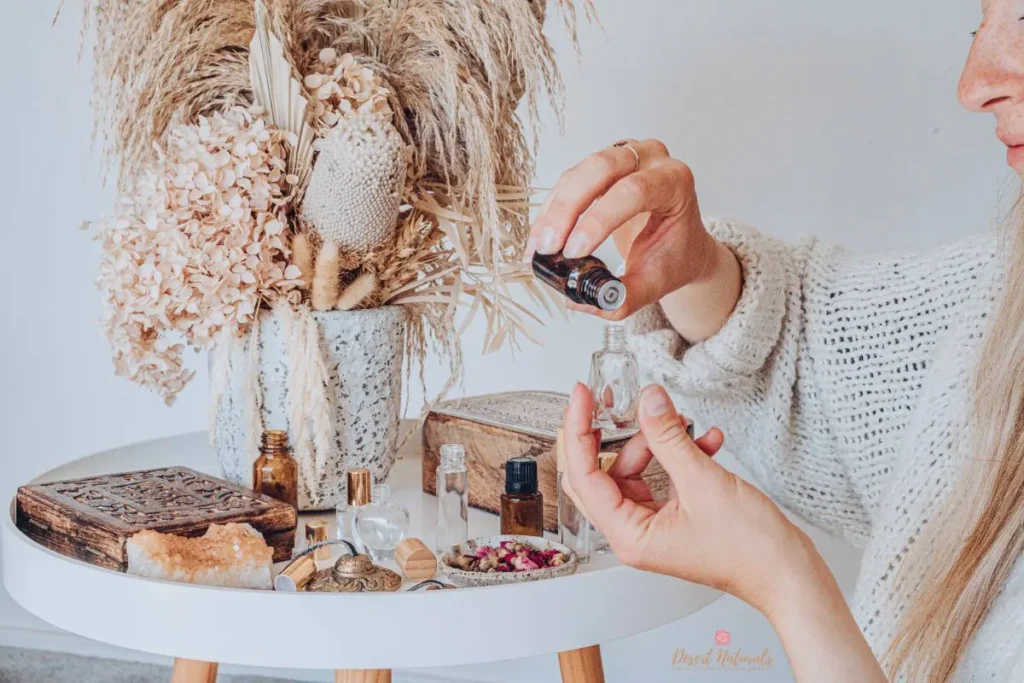Creating your own signature scent can be a rewarding and personal experience. With a few simple ingredients and tools, you can craft a fragrance that reflects your unique personality and preferences. Here’s how you can design a custom perfume at home with these easy DIY hacks.
Understand the Fragrance Structure
Perfume is composed of three main layers: top notes, middle notes, and base notes. The top notes are the first impression of the fragrance and typically include lighter, fresher scents like citrus or herbs. Middle notes, or the heart of the perfume, emerge after the top notes fade, providing depth and character with florals or spices. Base notes are the lasting foundation of the scent, often warm or earthy, like vanilla, sandalwood, or musk. Understanding this structure will help you balance your perfume and make it more appealing.
Choose Your Ingredients Wisely
Start by selecting essential oils or fragrance oils that resonate with you. For a fresh and energizing scent, opt for citrus oils like lemon or bergamot for the top notes, lavender or jasmine for the middle, and cedarwood or amber for the base. For a sweeter or warmer fragrance, choose vanilla or cinnamon as base notes, with fruity or floral middle notes and a hint of mint or orange for the top. High-quality oils make a significant difference, so invest in reputable brands for the best results.

The Perfect Base
Alcohol or oil is commonly used as a carrier for perfumes. Vodka or perfumer’s alcohol works well for a clear, quick-drying spray, while fractionated coconut oil or jojoba oil is excellent for roll-on perfumes. Mix your chosen base with the oils, using a ratio of about 20% fragrance oils to 80% carrier. This ratio can be adjusted based on your preferred intensity.
Experiment and Blend
The art of perfume-making lies in experimentation. Start with a few drops of each oil and gradually build your blend. Use small glass droppers for precision and record your measurements to replicate your formula. Once you have a preliminary blend, allow it to sit for at least 24 to 48 hours. This resting period lets the oils meld together, providing a more accurate sense of the final scent.
Bottle It Up
Choose a dark glass bottle to store your perfume. Dark bottles protect the fragrance from light, which can degrade the oils. Small spray bottles, roll-ons, or even decorative containers can add a personal touch. Label your creation with the ingredients and date for reference to make your own perfume.
Customize Further
Personalize your perfume by adding a drop of vitamin E oil as a preservative or experimenting with unique oils like neroli or ylang-ylang. You can also adjust the concentration for a stronger or lighter scent.
Crafting a signature scent at home is not only budget-friendly but also a creative way to express yourself. Dive into the world of DIY perfumes and let your imagination run wild.
